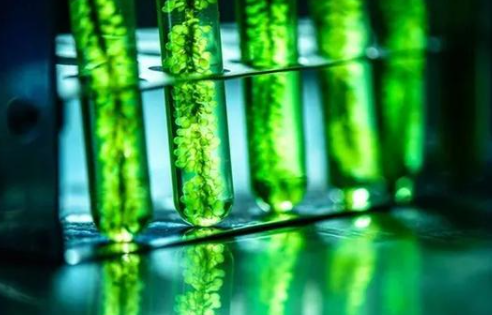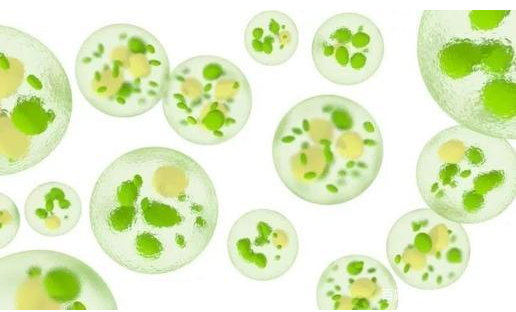
Omega-3 is a polyunsaturated fatty acid. Among the nutrients that humans take in, polyunsaturated fatty acids are essential fatty acids that the human body needs but cannot produce by itself. It has many benefits to humans, including cardiovascular, cerebrovascular, nervous system and inflammation. The disease has a good control effect.
Main source of Omega-3
The main source of Omega-3 is deep-sea fish, such as salmon, mackerel, herring, trout, sardines, anchovies, and tuna, but fish alone cannot meet the global demand for omega-3 fatty acids.

According to research by the Surfrider Foundation, a non-profit environmental organization, the number of wild salmon in the North Atlantic and Northwest Pacific has declined sharply since the late 1980s. interest.
"Microalgae is a healthy alternative source of omega-3 fatty acids and is more environmentally friendly than fish sources." Recently, German scientist Susann Schade et al. published a report in the Journal of Applied Phycology. New research shows that microalgae is a healthy alternative source of Omega-3 fatty acids and is more environmentally friendly than fish sources.

Microalgae has become an alternative source of nutrition, especially because some types of microalgae are rich in high-value Omega-3 fatty acids. Some types of microalgae contain a lot of protein and even more valuable nutrients, such as vitamins and carotenoids.
People have been eating microalgae for thousands of years. Nowadays, they are widely used as food supplements (in powder or tablet form) and as additives in foods such as pasta or cereals.
The feasibility of microalgae replacement
For decades, microalgae has been a hot spot in the field of biological research. It was originally used as a raw material for alternative fuels in the field of bioenergy. Recent research directions are considering making it an important source of nutrition for human diets.
In order to explore whether the microalgae grown in the photobioreactor is more environmentally friendly than fish, the researchers developed a model to study its impact on the environment.
The results of the study show that the impact of microalgae cultivation on the environment is similar to that of fish production, but algae cultivation has the advantage of low land consumption and can even use barren land.

"Microalgae can be used as part of ordinary food to supplement the Omega-3 fatty acids needed by the human body." As an excellent environmentally friendly source of Omega-3 fatty acids, microalgae can be used as part of ordinary food to supplement the human body's needs. Omega-3 fatty acids. Although scientists believe that microalgae cannot completely replace fish as a source of Omega-3 fatty acids at this stage, microalgae will be a way to narrow the global Omega-3 fatty acid supply gap, and will also greatly reduce the pressure on the world's oceans.
References:
[1]Schade. S. , et al.(2020) Distinct microalgae species for food—part 2: comparative life cycleassessment of microalgae and fish for eicosapentaenoic acid (EPA),docosahexaenoic acid (DHA), and protein[J]. Journal of Applied Phycology.